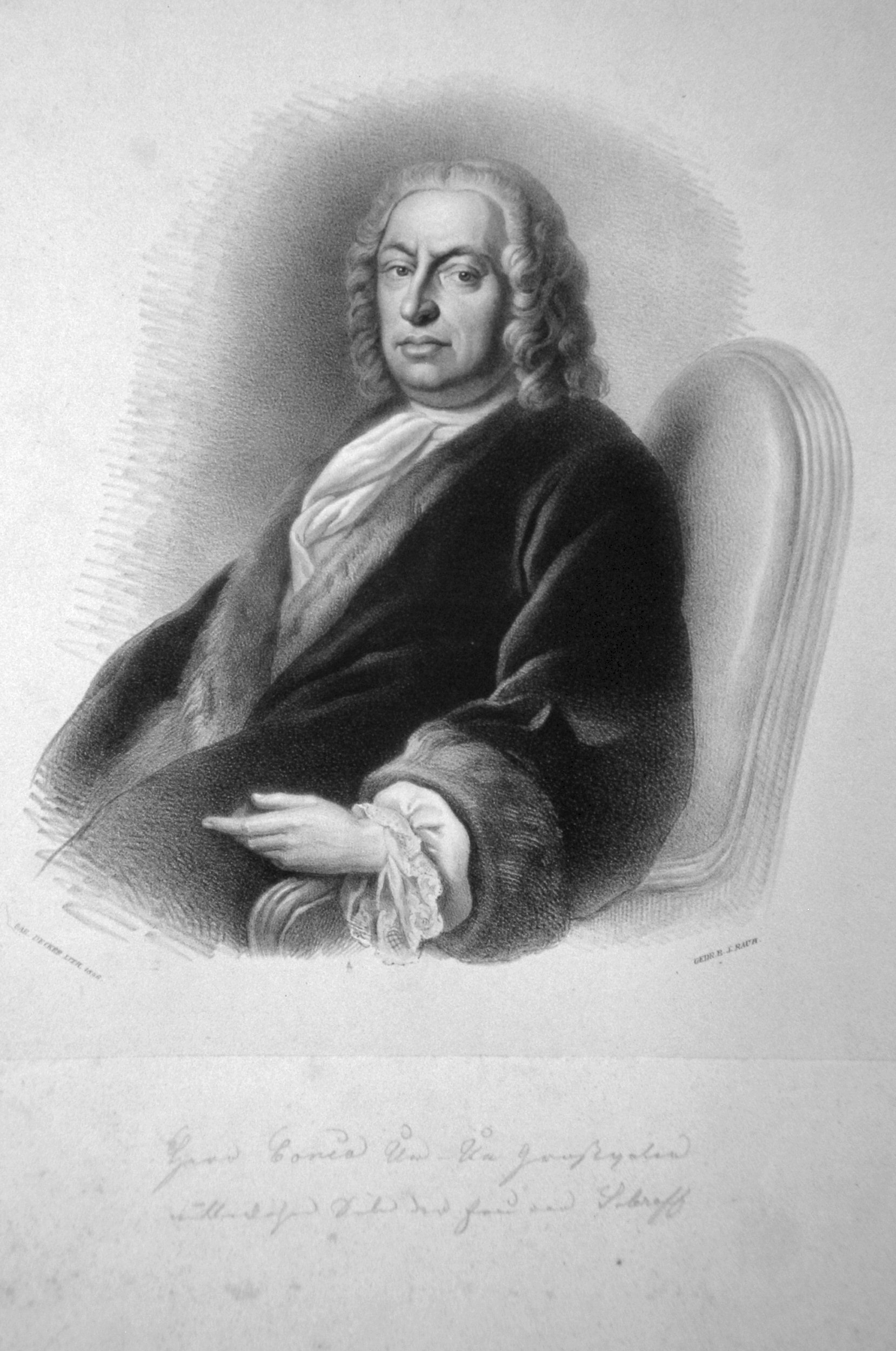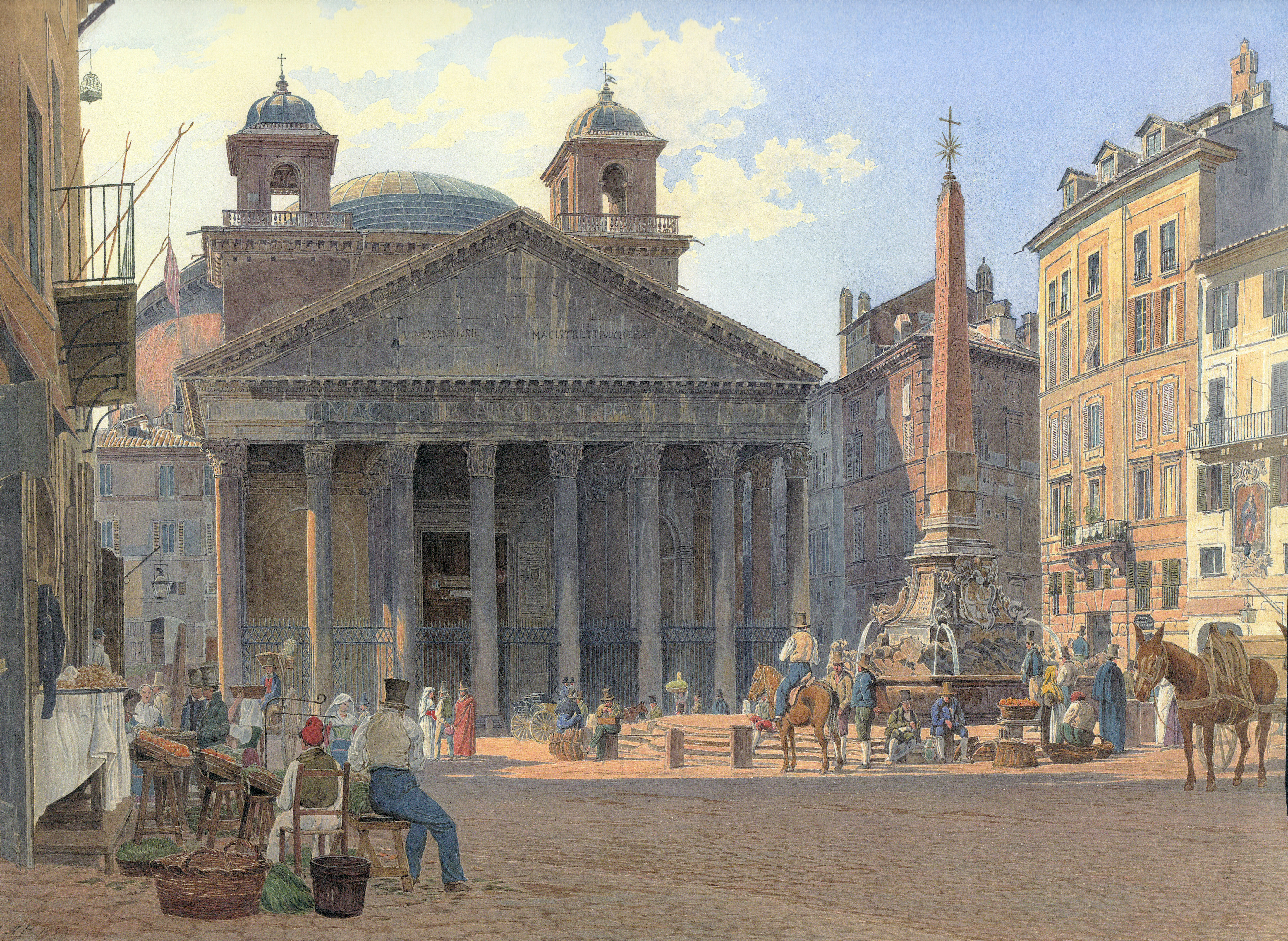|
Gaspare Serenario
Gaspare Serenario (Palermo, Sicily 1707–1759) was an Italian painter, active mainly in a grand late Baroque style. Biography As a youth, he moved to Rome, where he lived for over thirty years. Along with the fellow Sicilian Olivio Sozzi, Serenario trained under Sebastiano Conca, then the pre-eminent studio in Rome. Serenario was named knight of the Order of the Congregazione Pontificia dei Virtuosi al Pantheon. He returns to Palermo where he completes the cycle of decorations for the church of Santa Rosalia and completes frescos for Palazzo Mazzarino. He was nominated director of the mosaics of the Cappella Palatina. at Museo del Castello Ursino website. He painted an altarpiece depicting the ''Crucifixion with Mary, St John, and Mary Magdalen'' (1748) for a chapel of the church of |
Gaspare Serenario
Gaspare Serenario (Palermo, Sicily 1707–1759) was an Italian painter, active mainly in a grand late Baroque style. Biography As a youth, he moved to Rome, where he lived for over thirty years. Along with the fellow Sicilian Olivio Sozzi, Serenario trained under Sebastiano Conca, then the pre-eminent studio in Rome. Serenario was named knight of the Order of the Congregazione Pontificia dei Virtuosi al Pantheon. He returns to Palermo where he completes the cycle of decorations for the church of Santa Rosalia and completes frescos for Palazzo Mazzarino. He was nominated director of the mosaics of the Cappella Palatina. at Museo del Castello Ursino website. He painted an altarpiece depicting the ''Crucifixion with Mary, St John, and Mary Magdalen'' (1748) for a chapel of the church of |
Palermo
Palermo ( , ; scn, Palermu , locally also or ) is a city in southern Italy, the capital (political), capital of both the autonomous area, autonomous region of Sicily and the Metropolitan City of Palermo, the city's surrounding metropolitan province. The city is noted for its history, culture, architecture and gastronomy, playing an important role throughout much of its existence; it is over 2,700 years old. Palermo is in the northwest of the island of Sicily, by the Gulf of Palermo in the Tyrrhenian Sea. The city was founded in 734 BC by the Phoenicians as ("flower"). Palermo then became a possession of Carthage. Two ancient Greeks, Greek ancient Greek colonization, colonies were established, known collectively as ; the Carthaginians used this name on their coins after the 5th centuryBC. As , the town became part of the Roman Republic and Roman Empire, Empire for over a thousand years. From 831 to 1072 the city was under History of Islam in southern Italy, Arab ru ... [...More Info...] [...Related Items...] OR: [Wikipedia] [Google] [Baidu] |
Sicily
(man) it, Siciliana (woman) , population_note = , population_blank1_title = , population_blank1 = , demographics_type1 = Ethnicity , demographics1_footnotes = , demographics1_title1 = Sicilian , demographics1_info1 = 98% , demographics1_title2 = , demographics1_info2 = , demographics1_title3 = , demographics1_info3 = , timezone1 = CET , utc_offset1 = +1 , timezone1_DST = CEST , utc_offset1_DST = +2 , postal_code_type = , postal_code = , area_code_type = ISO 3166 code , area_code = IT-82 , blank_name_sec1 = GDP (nominal) , blank_info_sec1 = €89.2 billion (2018) , blank1_name_sec1 = GDP per capita , blank1_info_sec1 ... [...More Info...] [...Related Items...] OR: [Wikipedia] [Google] [Baidu] |
Baroque
The Baroque (, ; ) is a style of architecture, music, dance, painting, sculpture, poetry, and other arts that flourished in Europe from the early 17th century until the 1750s. In the territories of the Spanish and Portuguese empires including the Iberian Peninsula it continued, together with new styles, until the first decade of the 19th century. It followed Renaissance art and Mannerism and preceded the Rococo (in the past often referred to as "late Baroque") and Neoclassical styles. It was encouraged by the Catholic Church as a means to counter the simplicity and austerity of Protestant architecture, art, and music, though Lutheran Baroque art developed in parts of Europe as well. The Baroque style used contrast, movement, exuberant detail, deep colour, grandeur, and surprise to achieve a sense of awe. The style began at the start of the 17th century in Rome, then spread rapidly to France, northern Italy, Spain, and Portugal, then to Austria, southern Germany, and Russia. B ... [...More Info...] [...Related Items...] OR: [Wikipedia] [Google] [Baidu] |
Rome
, established_title = Founded , established_date = 753 BC , founder = King Romulus (legendary) , image_map = Map of comune of Rome (metropolitan city of Capital Rome, region Lazio, Italy).svg , map_caption = The territory of the ''comune'' (''Roma Capitale'', in red) inside the Metropolitan City of Rome (''Città Metropolitana di Roma'', in yellow). The white spot in the centre is Vatican City. , pushpin_map = Italy#Europe , pushpin_map_caption = Location within Italy##Location within Europe , pushpin_relief = yes , coordinates = , coor_pinpoint = , subdivision_type = Country , subdivision_name = Italy , subdivision_type2 = Region , subdivision_name2 = Lazio , subdivision_type3 = Metropolitan city , subdivision_name3 = Rome Capital , government_footnotes= , government_type = Strong Mayor–Council , leader_title2 = Legislature , leader_name2 = Capitoline Assemb ... [...More Info...] [...Related Items...] OR: [Wikipedia] [Google] [Baidu] |
Olivio Sozzi (1696–1765), Italian painter during the Rococo period
{{disambiguation, given name ...
Olivio may refer to: * Olivio (restaurant), Dutch Michelin starred restaurant People * Olívio Dutra (born 1941), Brazilian politician * Olívio Aurélio Fazza (1925–2008), Brazilian Bishop of the Roman Catholic Church * Olivio da Rosa (born 1985), Brazilian footballer * Olivio Sòzzi Olivio Sòzzi or Sozzi (1696 in Palermo – 1765 in Spaccaforno) was an Italian painter, active in Sicily during the Rococo period. Biography He obtained his first training in the local studio of Filippo Tancredi, he then moved in 1729 along wi ... [...More Info...] [...Related Items...] OR: [Wikipedia] [Google] [Baidu] |
Sebastiano Conca
Sebastiano Conca (8 January 1680 – 1 September 1764) was an Italian painter. Biography He was born at Gaeta, then part of the Kingdom of Naples, and apprenticed in Naples under Francesco Solimena. In 1706, along with his brother Giovanni, who acted as his assistant, he settled in Rome, where for several years he worked only in chalk, to improve his drawing. He was patronized by the Cardinal Ottoboni, who introduced him to Clement XI, who commissioned him a well-received ''Jeremiah'' painted for the church of St. John Lateran. He also painted an ''Assunta'' for the church of Santi Luca e Martina in Rome. Conca was knighted by the pope. He collaborated with Carlo Maratta in the ''Coronation of Santa Cecilia'' (1721–24) in the namesake church of Santa Cecilia in Trastevere. In 1718 he was elected to the Accademia di San Luca, and was its director in 1729–1731, replacing Camillo Rusconi as ''Principe'' in 1732. He was also elected Principe in 1739–1741. His painting was str ... [...More Info...] [...Related Items...] OR: [Wikipedia] [Google] [Baidu] |
Pontifical Academy Of Fine Arts And Letters Of The Virtuosi Al Pantheon
The Pontifical Academy of Fine Arts and Letters of the Virtuosi al Pantheon is one of the Pontifical Academy, Pontifical Academies under the direction of the Holy See. The complete Italian name of the academy, Pontificia Insigne Accademia di Belle Arti e Letteratura dei Virtuosi al Pantheon, includes the adjective ''insigne'' (illustrious), often omitted in official English translations. The term ''Virtuosi al Pantheon'' (virtuosos of the Pantheon) is also usually left untranslated, but, in any event, should not be taken in the English musical sense of “virtuoso” but rather “artists of great merit”. The Pantheon in Rome was the historical home of the academy. The term “academy” is meant in the Renaissance definition of the term as an association of learned persons and not an institution of instruction. History The academy was founded as the “Congregation of Saint Joseph of the Holy Land” in 1542 under the auspices of the Cistercian monk, Desiderio d’Adiutorio and w ... [...More Info...] [...Related Items...] OR: [Wikipedia] [Google] [Baidu] |
Cappella Palatina
The Palatine Chapel ( it, Cappella Palatina) is the royal chapel of the Norman Palace in Palermo, Sicily. This building is a mixture of Byzantine, Norman and Fatimid architectural styles, showing the tricultural state of Sicily during the 12th century after Roger I and Robert Guiscard conquered the island. Also referred to as a ''Palace church'' or ''Palace chapel'', it was commissioned by Roger II of Sicily in 1132 to be built upon an older chapel (now the crypt) constructed around 1080. It took eight years to build, receiving a royal charter the same year, with the mosaics being only partially finished by 1143. The sanctuary, dedicated to Saint Peter, is reminiscent of a domed basilica. It has three apses, as is usual in Byzantine architecture, with six pointed arches (three on each side of the central nave) resting on recycled classical columns. The muqarnas ceiling of the nave and the chapel's rectilinear form show the Fatimid influence in the building's construction M ... [...More Info...] [...Related Items...] OR: [Wikipedia] [Google] [Baidu] |
Santa Chiara All'Albergaria
Santa Chiara all'Albergaria refers to a church and former monastery located in piazza Santa Chiara, in the quarter of Albergaria in the city of Palermo, region of Sicily, Italy. The church is located near the busy outdoor Ballarò marketplace. History The monastery was built atop the remains of the ruins of the Carthaginian walls of the ancient town. In 1344, during the Aragonese rule of Sicily, under the patronage of Matteo Sclafani, count of Sclafani and Adernò, a church for Clarissan nuns was built adjacent to their cloistered monastery. The church underwent a major refurbishment in 1678. In 1919, the convent was granted to the Salesian order. The church was heavily damaged during the Allied bombardment of Palermo in 1943. Prior to the bombardment, the facade was a rich baroque front designed by Paolo Amato and was decorated with Solomonic columns and a statue of St Clare of Assisi. The present facade utilized the portal of the former church of the Madonna delle Grazie de ... [...More Info...] [...Related Items...] OR: [Wikipedia] [Google] [Baidu] |
1707 Births
Seventeen or 17 may refer to: *17 (number), the natural number following 16 and preceding 18 * one of the years 17 BC, AD 17, 1917, 2017 Literature Magazines * ''Seventeen'' (American magazine), an American magazine * ''Seventeen'' (Japanese magazine), a Japanese magazine Novels * ''Seventeen'' (Tarkington novel), a 1916 novel by Booth Tarkington *''Seventeen'' (''Sebuntiin''), a 1961 novel by Kenzaburō Ōe * ''Seventeen'' (Serafin novel), a 2004 novel by Shan Serafin Stage and screen Film * ''Seventeen'' (1916 film), an American silent comedy film *''Number Seventeen'', a 1932 film directed by Alfred Hitchcock * ''Seventeen'' (1940 film), an American comedy film *''Eric Soya's '17''' (Danish: ''Sytten''), a 1965 Danish comedy film * ''Seventeen'' (1985 film), a documentary film * ''17 Again'' (film), a 2009 film whose working title was ''17'' * ''Seventeen'' (2019 film), a Spanish drama film Television * ''Seventeen'' (TV drama), a 1994 UK dramatic short starring Christ ... [...More Info...] [...Related Items...] OR: [Wikipedia] [Google] [Baidu] |
1759 Deaths
In Great Britain, this year was known as the ''Annus Mirabilis'', because of British victories in the Seven Years' War. Events January–March * January 6 – George Washington marries Martha Dandridge Custis. * January 11 – In Philadelphia, the first American life insurance company is incorporated. * January 13 – Távora affair: The Távora family is executed, following accusations of the attempted regicide of Joseph I of Portugal. * January 15 – **Voltaire's satire ''Candide'' is published simultaneously in five countries. ** The British Museum opens at Montagu House in London (after six years of development). * January 27 – Battle of Río Bueno: Spanish forces, led by Juan Antonio Garretón, defeat indigenous Huilliches of southern Chile. * February 12 – Ali II ibn Hussein becomes the new Ruler of Tunisia upon the death of his brother, Muhammad I ar-Rashid. Ali reigns for 23 years until his death in 1782. * February 16 – ... [...More Info...] [...Related Items...] OR: [Wikipedia] [Google] [Baidu] |





